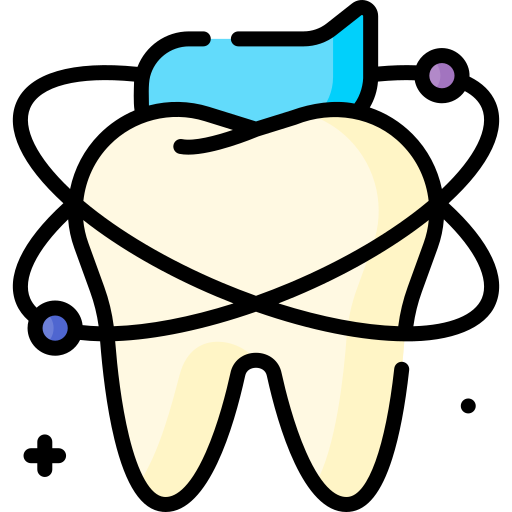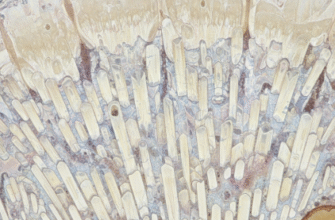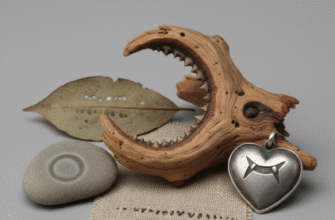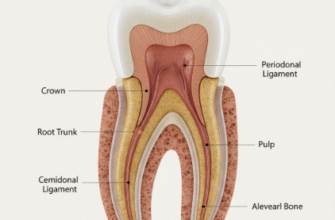Stepping into the oral care aisle today can feel like navigating a miniature metropolis of minty marvels. Tubes of paste promise dazzling whiteness, brushes vibrate at supersonic speeds, and an array of flosses and rinses pledge to banish every last unwelcome microbe. It’s a far cry from the rudimentary tools our ancestors relied upon. The journey of dental hygiene products is a fascinating tale of ingenuity, scientific discovery, and an ever-growing understanding of what it takes to keep our smiles healthy and bright.
Humble Beginnings: Ancient Oral Care
The desire for a clean mouth and fresh breath isn’t a modern obsession. Archaeological evidence reveals that ancient civilizations were surprisingly resourceful when it came to oral hygiene. Long before the first bristle toothbrush, people used chew sticks. These were typically twigs from specific trees, like the Salvadora persica (miswak) or neem, which possess natural antimicrobial properties. One end would be frayed by chewing, creating a primitive brush to clean teeth, while the other end could be used as a pick. The Babylonians, around 3500 BC, are known to have used these, and similar practices were common in ancient Egypt and across Africa and Asia.
Alongside mechanical cleaning, early forms of tooth powders emerged. The ancient Egyptians concocted mixtures from ingredients like crushed rock salt, mint, dried iris flower, and pepper. Romans, known for their pragmatism, weren’t shy about using more abrasive substances like crushed bones, oyster shells, and even charcoal, sometimes sweetened with honey to improve the taste. In ancient China, formulations might include ginseng, herbal mints, and salt, reflecting a holistic approach to health.
Early Bristles and Stagnation
The concept of a handled brush with bristles, closer to what we recognize today, is believed to have originated in China during the Tang Dynasty (619-907 AD). These early toothbrushes featured coarse animal hairs, often from hogs, attached to handles made of bone or bamboo. While innovative, their use was not widespread globally.
The Middle Ages in Europe, unfortunately, saw a period of relative stagnation in many areas of hygiene, including dental care. While some herbal concoctions were used, primarily for freshening breath with things like parsley or cloves, dedicated tooth cleaning practices were less common among the general populace. The wealthy might use ornate toothpicks made of gold or silver. This era also saw the rise of barber-surgeons, who, in addition to cutting hair, were responsible for tooth extractions – a grim necessity in the absence of effective preventive care.
The Dawn of Modern Tools: 17th to Early 20th Century
The stirrings of significant change began in the late 18th century and accelerated through the 19th. A pivotal moment occurred in England around 1780 when William Addis is widely credited with designing and manufacturing the first mass-produced toothbrush. Legend has it that Addis, while imprisoned, found the common method of cleaning teeth—rubbing them with a rag laden with soot or salt—unsatisfactory. He supposedly drilled small holes into an animal bone, obtained bristles from a guard, ingeniously tied them into tufts, secured them with wire, and sealed them with glue. Upon his release, he founded a company to produce these brushes, laying the groundwork for an entire industry. These early brushes still used animal bristles, typically from boar.
For a long time, tooth powders remained the dominant cleaning agent. These powders were often homemade or sold by apothecaries, featuring ingredients like chalk, pulverized brick, cuttlefish bone, or salt for abrasion, sometimes with additions like bicarbonate of soda for cleaning, and herbs for flavor or breath freshening. Soap was also a common ingredient, contributing to the cleaning action but likely imparting a less-than-pleasant taste by modern standards.
The real game-changer for cleansing agents arrived in the latter half of the 19th century with the advent of toothpaste. In 1873, Dr. Washington Sheffield, an American dentist and chemist, developed a ready-mixed tooth cleaning preparation he called “Dr. Sheffield’s Crème Dentifrice.” Initially, this crème was sold in collapsible jars. However, his son, Lucius Sheffield, observed artists using paint from collapsible metal tubes during a trip to Paris. Inspired, he suggested this as a more hygienic and convenient packaging method for their dental cream. By 1892, Sheffield’s company was selling its popular toothpaste in these innovative tubes, a format that would eventually become the global standard. Around the same period, companies like Colgate also started mass-producing toothpaste, first in jars and later adopting the tube.
The 19th century also saw the formal introduction of dental floss. While people had used various materials like horsehair or silk threads to clean between teeth for centuries, Dr. Levi Spear Parmly, a dentist from New Orleans, is often lauded for promoting the use of waxed silken thread for interdental cleaning in the early 1800s. He considered it the most important part of oral care. By 1882, the Codman and Shurtleft company began mass-producing unwaxed silk floss, and in 1898, Johnson & Johnson secured the first patent for dental floss made from the same silk material used for surgical sutures.
The 20th Century: Science Transforms Smiles
The 20th century was a period of explosive innovation in dental hygiene. One of the most significant breakthroughs was the invention of nylon bristles by DuPont in 1938. Animal bristles were difficult to dry, prone to bacterial growth, and varied in texture. Nylon offered a more hygienic, durable, and consistent alternative, quickly replacing natural bristles in most toothbrushes.
Perhaps the single most impactful development was the recognition and incorporation of fluoride. Extensive research in the early to mid-20th century demonstrated fluoride’s remarkable ability to strengthen tooth enamel and prevent cavities. Procter & Gamble launched the first clinically proven fluoride toothpaste, Crest, in 1955, after years of research. This marked a major shift towards therapeutic dental products.
The introduction of fluoride into toothpastes and public water systems in the mid-20th century is hailed as a monumental public health achievement. Studies quickly demonstrated a dramatic reduction in the prevalence of dental caries (cavities) across populations. This single innovation fundamentally altered the landscape of preventive dental care worldwide.
The century also saw the dawn of electric toothbrushes. The first commercially successful model, the Broxodent, was introduced in Switzerland in 1954 and in the US by Squibb in 1959. Initially marketed for those with limited motor skills or orthodontic appliances, their popularity gradually grew.
Mouthwashes evolved too. Early antiseptic rinses, often containing alcohol, gave way to more specialized formulations targeting plaque, gingivitis, or bad breath, with active ingredients like chlorhexidine or essential oils. Toothpaste varieties also multiplied, with options for whitening, sensitive teeth, tartar control, and more.
The 21st Century: High-Tech and Hyper-Personalization
The new millennium has ushered in an era of even more sophisticated dental technology. Electric toothbrushes have evolved from simple vibrating heads to sonic and ultrasonic models, claiming superior plaque removal. Many now come with “smart” features: pressure sensors to prevent overly aggressive brushing, timers to ensure adequate cleaning time, and even Bluetooth connectivity to apps that track brushing habits and provide personalized feedback.
The quest for a brighter smile has fueled a massive market for whitening products. Beyond whitening toothpastes, consumers can now choose from strips, gels, pens, and even at-home light-activated systems. Simultaneously, there’s been a surge in demand for “natural” and “organic” dental products, featuring ingredients like charcoal (a modern nod to ancient practices, but now processed differently), coconut oil, and various plant extracts. This reflects a broader consumer trend towards products perceived as gentler or more environmentally friendly.
Interdental cleaning has also seen innovation beyond traditional floss. Water flossers (oral irrigators) use a pulsating stream of water to clean between teeth and below the gumline. Tiny interdental brushes, resembling miniature bottle brushes, are designed for cleaning larger gaps between teeth. The emphasis is increasingly on a comprehensive oral care routine that goes beyond just brushing.
We’re also seeing a move towards more personalized oral care. Some companies offer subscription services that deliver customized product bundles, and research is ongoing into diagnostics that could tailor product recommendations based on an individual’s specific oral microbiome or genetic predispositions.
The Ever-Evolving Smile
From simple chew sticks and abrasive powders to smart toothbrushes and targeted therapies, the evolution of dental hygiene products is a testament to human ingenuity and our enduring pursuit of health and well-being. Each advancement, whether a new bristle material, a revolutionary active ingredient like fluoride, or a smarter way to brush, has built upon the knowledge of the past.
Today, we have an unprecedented array of tools at our disposal to maintain oral health. While the specific products may continue to change and improve with ongoing research and technological breakthroughs, the fundamental goal remains the same as it was for our ancestors: a clean, healthy mouth and the confidence that comes with a cared-for smile. The journey is far from over, and it’s exciting to imagine what the next generation of dental hygiene products might bring.








